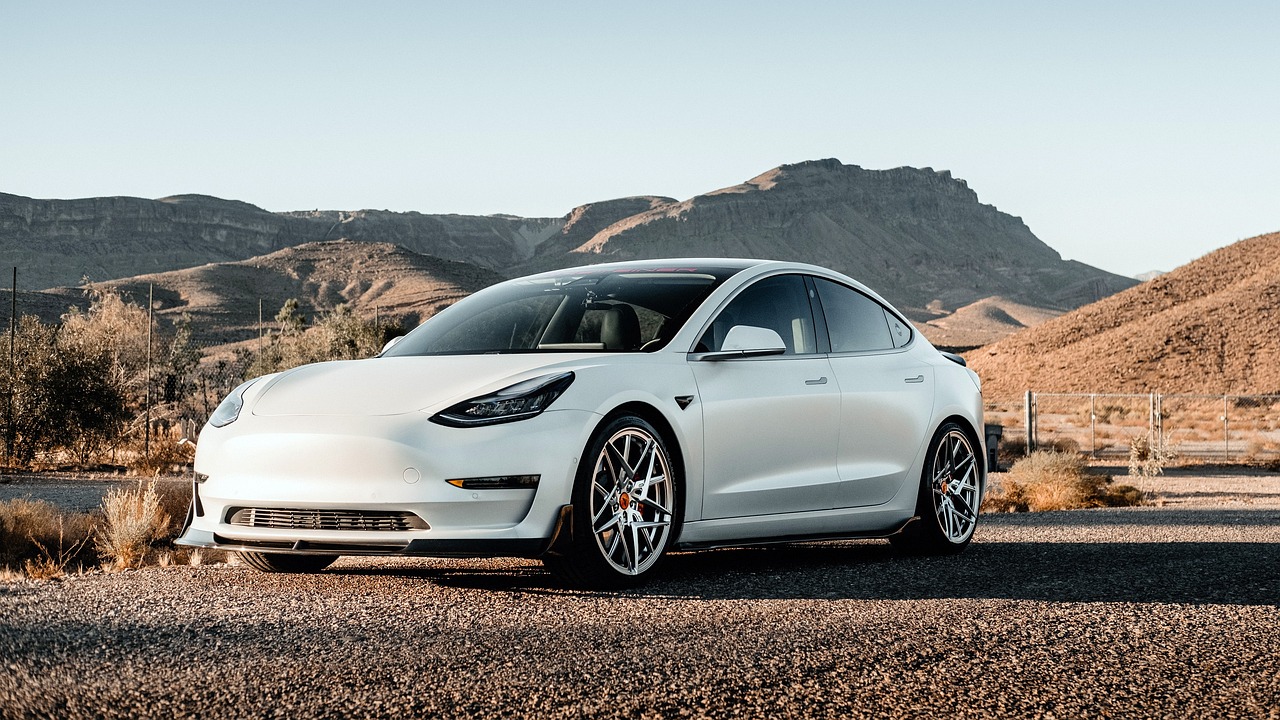When you start driving an electric car, it’s a good idea to know the difference between a battery-driven vehicle and a traditional petrol or diesel car. Obviously, there’s a steering wheel, a brake and an accelerator. Joking apart, for many driving a battery-driven car is simpler, but there are some things you should know that will make your experience behind the wheel even more comfortable.
Don’t worry, there are no complicated instructions. We’re not trying to reinvent the wheel! But if you’re driving an electric car for the first time, here are some tips and tricks that will enable you to get the most out of your car.

No changes
Today more and more petrol and diesel cars come with automatic transmission. In some countries – like the US – this is even the norm. In electric cars, however, there are no gears. No friction, no gear changes. The only thing the driver needs to do is select D (Drive), N (Neutral), R (Reverse) or P (Park), using the transmission selector.
So, forget about using your left foot, because you only need your right foot to drive an electric car. And, as we’ll see, thanks to regenerative braking, you’ll even use the brake pedal less, too.
‘Total silence’
No vibrations, no sound of the engine revving or gears changing up or down. Electric cars are very quiet and ensure that driving is a very smooth experience. Initially, it might seem a little weird, because you’re used to engine and gear sounds, but after a while you won’t miss them.
But, be careful, this ‘silence’ means you’ll be able to hear sounds that you couldn’t hear before because they were masked by other sounds, like engine noise. So, don’t be alarmed if you can now hear the sound of the tyres on the road surface or some squeaks and rustling from wind noise.
Remember, it’s not just ‘silent’ for you; it’s the same for everyone around you. In the city and at low speeds, pedestrians and cyclists may not be able to hear an electric car approaching. Fortunately, recent models have a system that emits a sound when travelling up to 30km/h, so people can hear there’s a car nearby. Please bear this in mind when you’re driving.
The dashboard is changing
Today all modern cars have digital dashboards. However, electric models no longer have rev counters and fuel gauges. Instead, you’ll find an energy consumption indicator that also shows you when the car is regenerating and a clear residual charge/range indicator.
Obviously, information on residual range will be really important for managing your car’s performance, especially at the beginning, when you’re still getting to grips with the car.
Lightning acceleration
Electric cars are really enjoyable to drive. From the second you press the accelerator, you’ll have access to all the car’s power and torque, giving you lightning acceleration. In particular, it’s really gratifying to have this performance when you’re driving in the mountains. Overtaking is also quick and safe.
It goes without saying that you shouldn’t go wild. Be gentle with the pedal so you don’t break the limit without realising it. In future cars may come with different driving modes that soften the accelerator’s response and reduce the available power.
Regenerative braking
One of the most interesting features offered by electric cars is regenerative braking. Initially, it’ll take some getting used to, especially in some models, but after a while it becomes natural and you won’t know you’re doing it.
How does it work? Let go of the accelerator and the car will start to slow down quite quickly. In some cases, you can even drive with just the accelerator (one pedal driving). This is especially convenient in stop/start traffic. Also, you can use regenerative braking to recover a bit of energy and extend your range.
Regenerative braking is also really useful when you’re driving downhill in the mountains. You can recover a lot of energy and use traditional brakes less. Using the mechanical brake less also means less wear on your brake disks and pads.

Searching for efficency
An electric car’s features like a smooth and silent engine mean that drivers are always looking to be as efficient as possible. With time, you’ll be using tricks to get the best possible performance.
But that doesn’t mean driving cautiously, as some might think. It simply means knowing how get the most out of things like regenerative braking or the car’s cruising capability to reduce energy consumption and improve range.
Air conditioning: a false problem
In early electric cars, with small batteries and energy management still in its infancy, energy consumption caused by air conditioning could in some cases be a problem. Now, in newer models, climate control functions have been optimised. Often, new cars have heat pumps as standard that further optimise consumption. All this, together with batteries with greater capacity, allow you to drive with the air-conditioning on without having to worry about it.
Access to limited traffic areas
This doesn’t really have anything to do with driving as such but remember that electric cars are often allowed to access limited traffic areas; something not granted to petrol and diesel cars. An advantage not to be sniffed at, especially in some large Italian cities. Together with car tax, insurance and inspection costs, you can save quite a bit!
Article by HD Motori.









